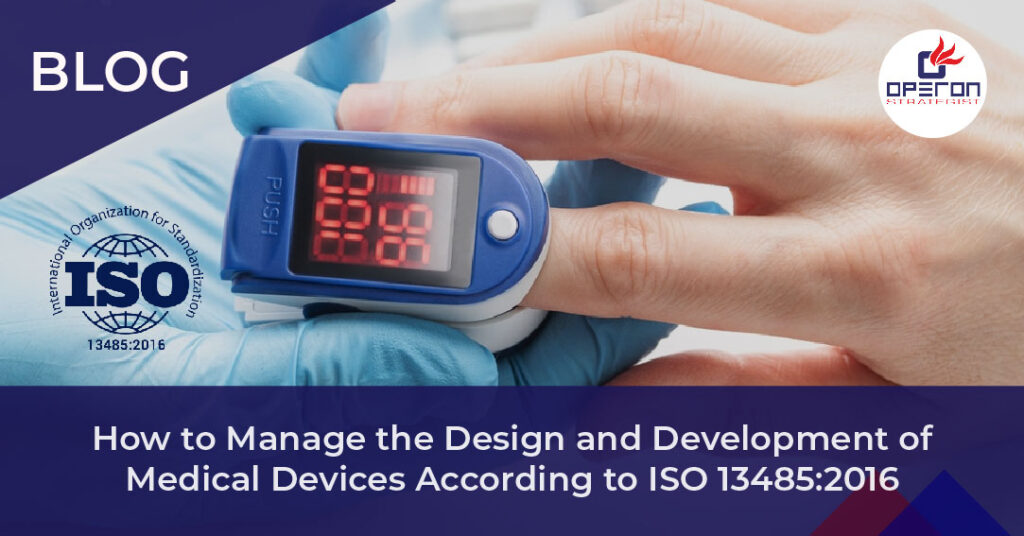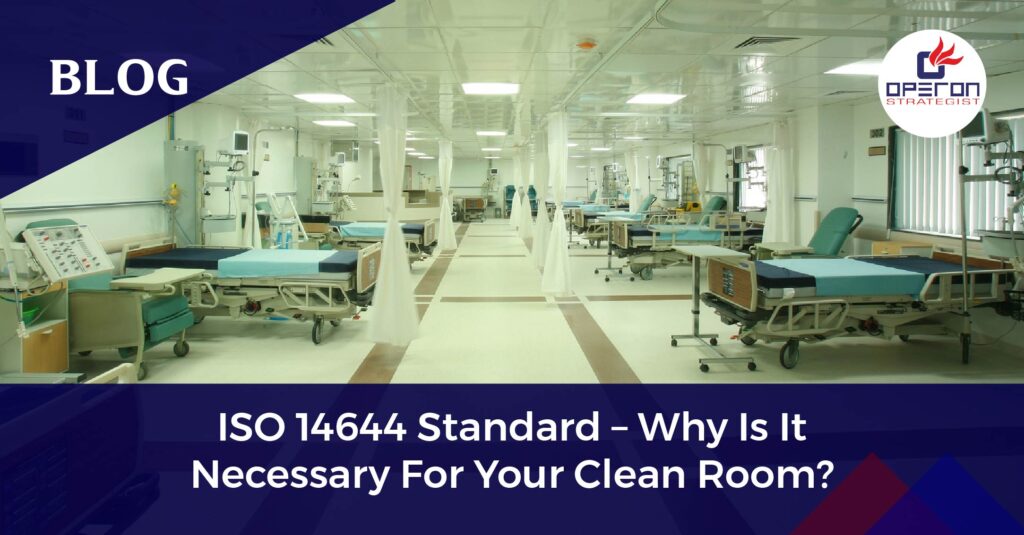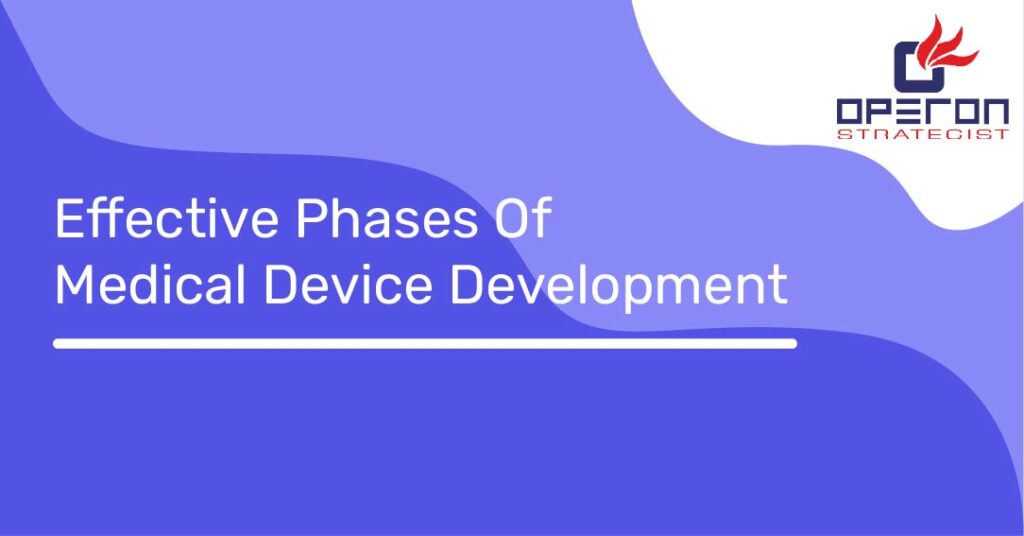An Overview:
The design and development of medical devices is a complex and critical process, distinct from other industries due to its regulatory demands and the importance of patient safety. Managing this process effectively is essential, as any failure to meet regulatory design requirements can prevent a device from entering the market. Inadequate design can lead to hazardous outcomes for patients and damage the reputation of medical device manufacturers. ISO 13485:2016 provides a structured framework for managing the design and development of medical devices, ensuring compliance with regulatory standards and safeguarding product quality.
For more detailed information about ISO 13485:2016 and design and development documentation, visit our service pages: ISO 13485:2016 and Design and Development Documentation.
Looking For a Medical Device Regulatory Consultant?
Let’s have a word about your next project
Key Requirements for Design and Development as per ISO 13485:2016
- Documented Procedure:
Organizations must establish and maintain a documented procedure that outlines the logical phases of design and development. This procedure should clearly define responsibilities, activities, and approval authorities, ensuring a well-organized process. - Design and Development Planning:
Planning is a crucial phase, where goals and objectives are identified, activities are broken down, timelines are set, and resources are allocated. Effective planning helps prevent unnecessary delays and ensures that risk management is integrated into the project. - Design and Development Inputs:
The quality of inputs determines the quality of outputs. Inputs should include intended use, usability, customer requirements, physical attributes, safety factors, risk controls, regulatory standards, and more. Ensuring high-quality inputs is vital for producing a successful design. - Design and Development Outputs:
Outputs should include specifications for raw materials, components, and the final device, along with manufacturing process guidelines, quality assurance procedures, and regulatory documentation. A well-documented design history file should demonstrate that the design has been verified and validated. - Design Review:
Regular design reviews are essential to address manufacturing and customer concerns. These reviews ensure that the design meets product requirements, addresses safety concerns, and is compatible with manufacturing capabilities. Documentation of review meetings should be maintained. - Design Verification:
Verification ensures that design outputs meet the specified input requirements. Methods for verification include testing, inspections, calculations, and document reviews. Verification is a mandatory step in the ISO 13485:2016 design process. - Design Validation:
Validation follows verification and ensures that the medical device meets end-user requirements. Validation is performed on initial production lots and involves testing the device in simulated conditions. Proper records of design validation are crucial for compliance. - Design Transfer:
The transition from design to manufacturing must be documented. This involves ensuring that the design can be successfully translated into production, with all necessary records maintained. - Control of Design Changes:
Design changes may be required at any stage, and these changes must be controlled through a documented process. Changes should be reviewed, verified, validated, and approved before implementation. - Design and Development Files:
A comprehensive design and development file should be maintained for each device, including records of conformity, reviews, verifications, validations, and any changes made during the process.
Design and Development Management for ISO 13485:2016: Ensuring Success
ISO 13485:2016 provides a robust framework for the design and development of medical devices, with new requirements that enhance safety and efficiency. By following the guidelines, organizations can prevent design flaws, ensure regulatory compliance, and deliver high-quality medical devices that meet market and patient needs. These standards are critical to the success of medical device manufacturers, as they add value to the entire product lifecycle, from development to market entry.
Ensure your Medical Device Design and Development Meets ISO 13485:2016 Standards
Ready to Elevate Your Medical Device Design and Development?
Navigating the complexities of ISO 13485:2016 is crucial for ensuring that your medical devices are not only compliant but also safe and market-ready. At Operon Strategist, we specialize in guiding medical device manufacturers through every step of the design and development process, from planning and documentation to verification and validation.
Let our team of experts help you streamline your processes, mitigate risks, and achieve regulatory approval with confidence. Whether you’re launching a new product or refining an existing one, Operon Strategist is your trusted partner for ISO 13485:2016 compliance and beyond.
Contact us today to learn how we can support your medical device design and development journey.
- adminhttps://operonstrategist.com/author/admin-2/
- adminhttps://operonstrategist.com/author/admin-2/
- adminhttps://operonstrategist.com/author/admin-2/
- adminhttps://operonstrategist.com/author/admin-2/




